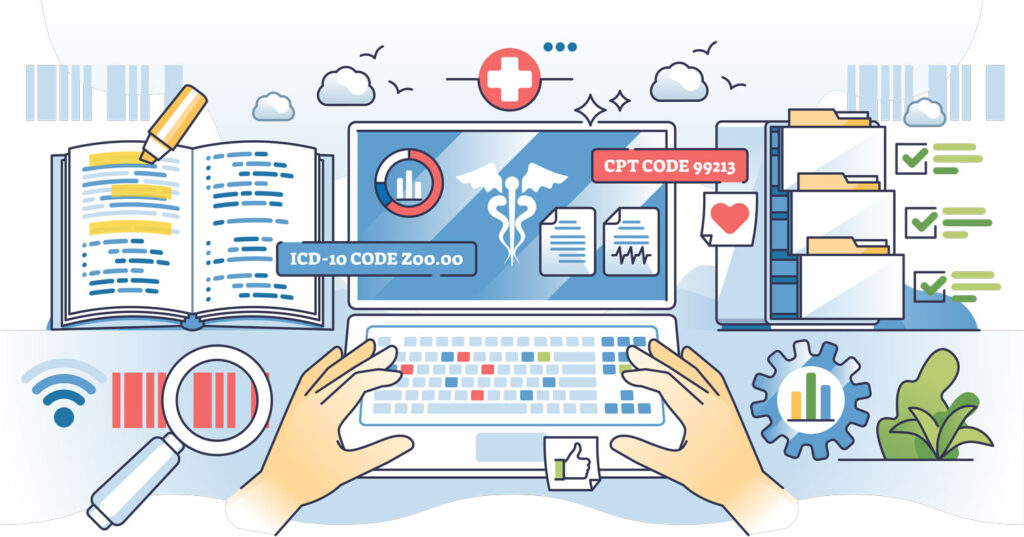Story by Connor Danielowski / November 17, 2025

Most healthcare organizations don’t have a revenue problem, they have a capture problem.
Every month, practices across the U.S. leave tens of thousands of dollars in unclaimed Medicare revenue sitting in plain sight. The culprit isn’t lack of opportunity. It’s lack of a fully operational Chronic Care Management (CCM) program that properly tracks time, documents care, and bills consistently.
If your practice treats Medicare patients with two or more chronic conditions, CCM is not just a clinical enhancement. It’s one of the most reliable recurring-revenue engines available in value-based care today.
This guide breaks down where the “leftover money” hides, and how you can capture it using CPT codes 99490 and 99439.

Chronic Care Management is one of the only Medicare programs that pays every single month, with no visit required. Yet most practices only capture a fraction of what they qualify for.
The most common revenue leaks include:
A well-run CCM program can immediately convert these missed opportunities into predictable revenue.


Most healthcare organizations severely underestimate how much CCM revenue they’re missing. Below are two standardized scenarios—using the same patient counts used elsewhere—to show what “unclaimed revenue” truly looks like.
Typical enrollment today (20-30%): 40-60 patients
Current monthly revenue:
Realistic achievable enrollment (50-60%): 100-120 patients
Full CCM revenue opportunity:
Add-on codes (conservatively):
→ +$2,500-$4,000/month
Most small practices capture less than one-third of that.

Yes, CCM generates recurring reimbursement, but the financial benefits go far deeper:
Consistent monthly engagement reduces patient leakage and improves quality scores.
Better chronic disease control = more favorable payer negotiations.
CCM becomes a stable cash-flow foundation that supports staffing, expansion, and innovation.
Practices using Chronic Care Staffing instantly gain a trained CCM workforce without adding payroll costs, training time, or administrative burden.

Most organizations never enroll 60-80% of eligible patients.
Fix:
Use outreach teams trained in high-success CCM enrollment scripts and compliance language.
(Our average partner reaches 65-75% enrollment.)
CMS audits require precise:
Fix:
Automate time tracking and centralize documentation through a CCM-trained support team.
Most practices never bill 99439, even when they easily qualify for it.
Fix:
Track additional touches across RN calls, medication coordination, care plan adjustments, specialist referrals, and more.
Front-office teams are too overloaded to maintain 20-60 minutes of monthly care management per patient.
Fix:
Outsource the entire CCM workflow so clinical staff can focus on in-office and acute needs.

A high-performing CCM program, like the ones run through Chronic Care Staffing, includes:
This system eliminates revenue leakage and ensures Medicare compliance while generating steady revenue.

If you’re treating Medicare patients, CCM revenue is not a stretch goal- it’s built into the reimbursement system. You simply need a structured program that captures what CMS has already allocated.
Most practices are sitting on six figures in unclaimed revenue each year.
The practices that win in 2025-2026 will be those that close the gap between eligibility and capture.
Chronic Care Staffing makes that transition turnkey. Contact us today to learn more.